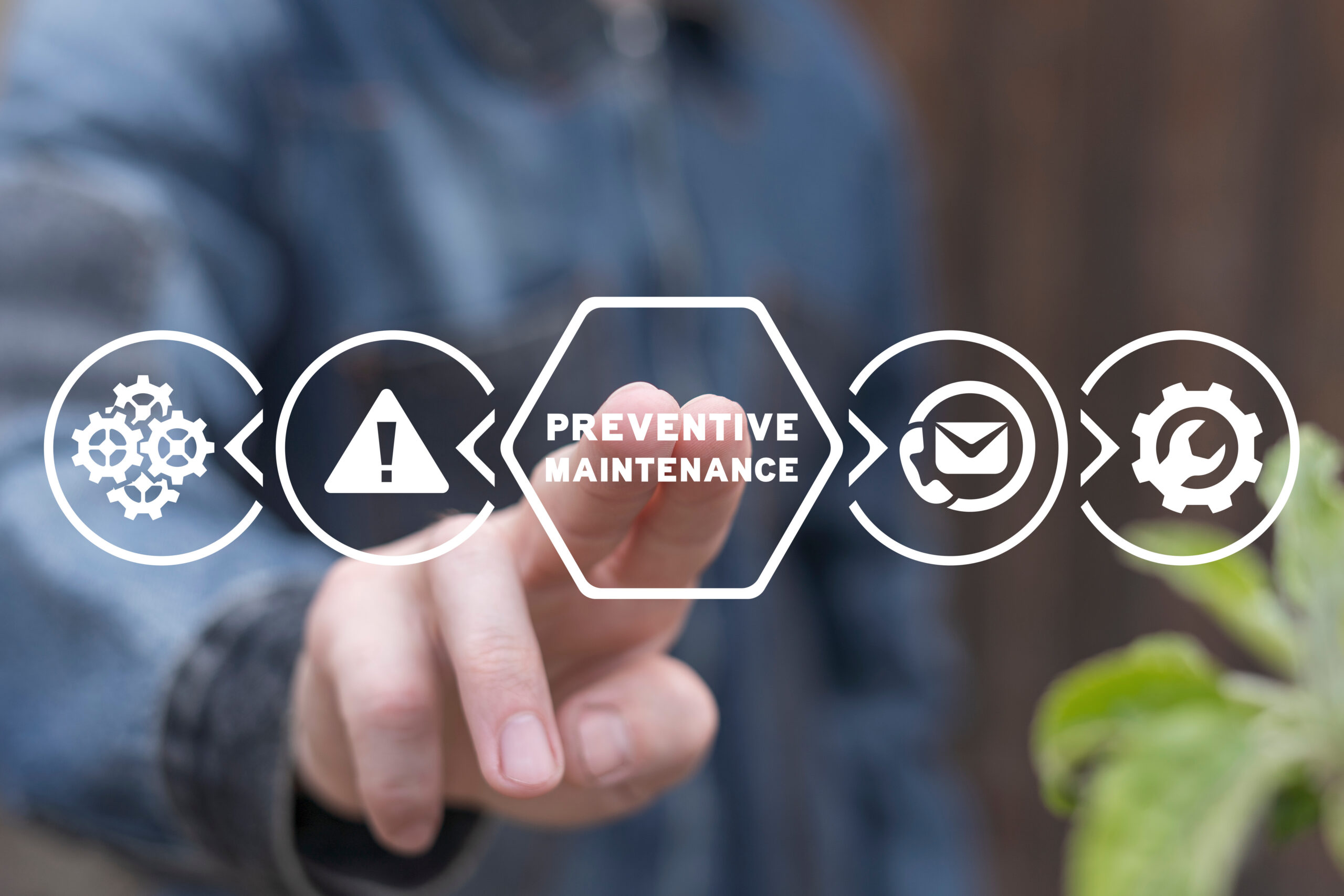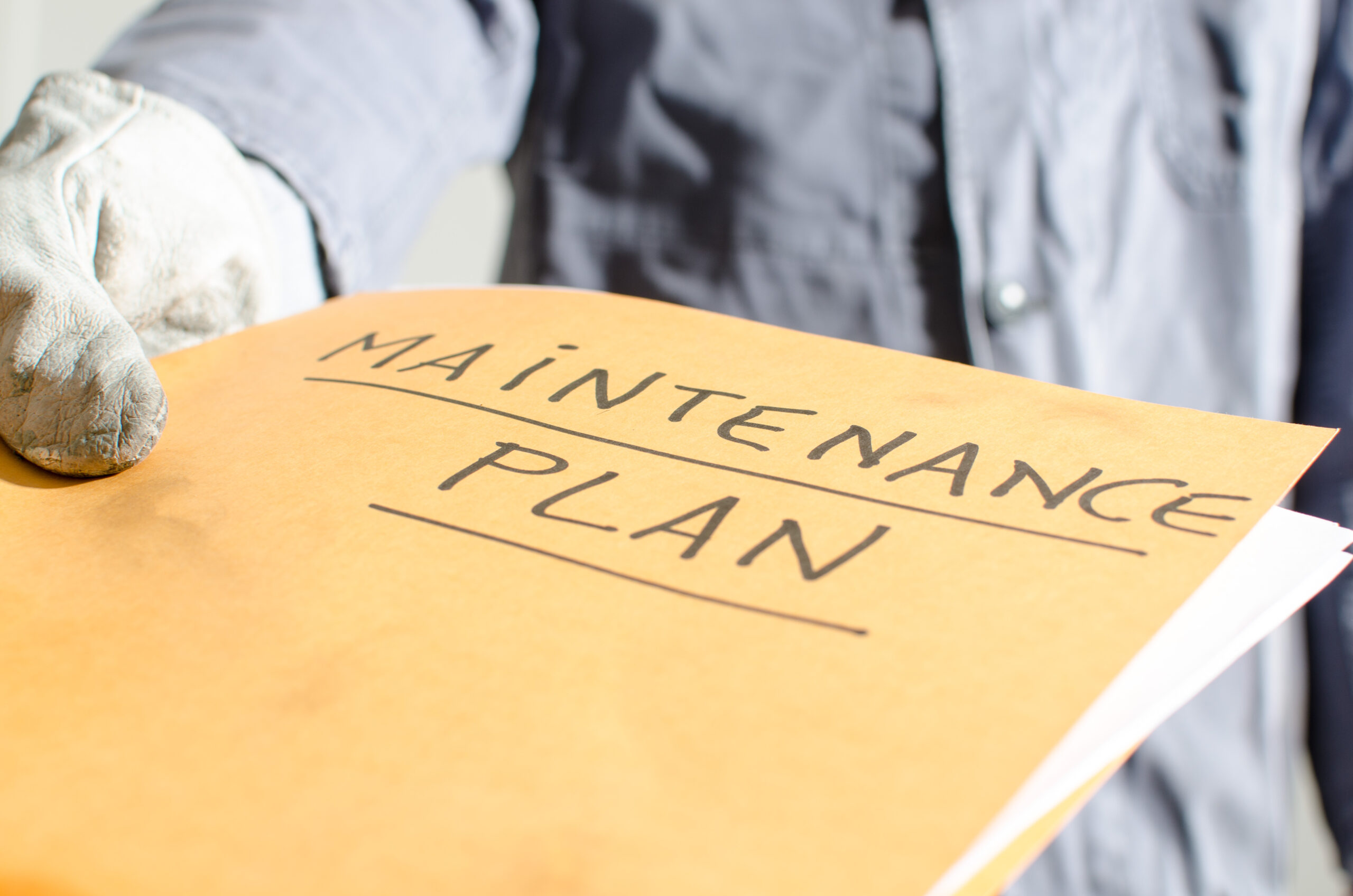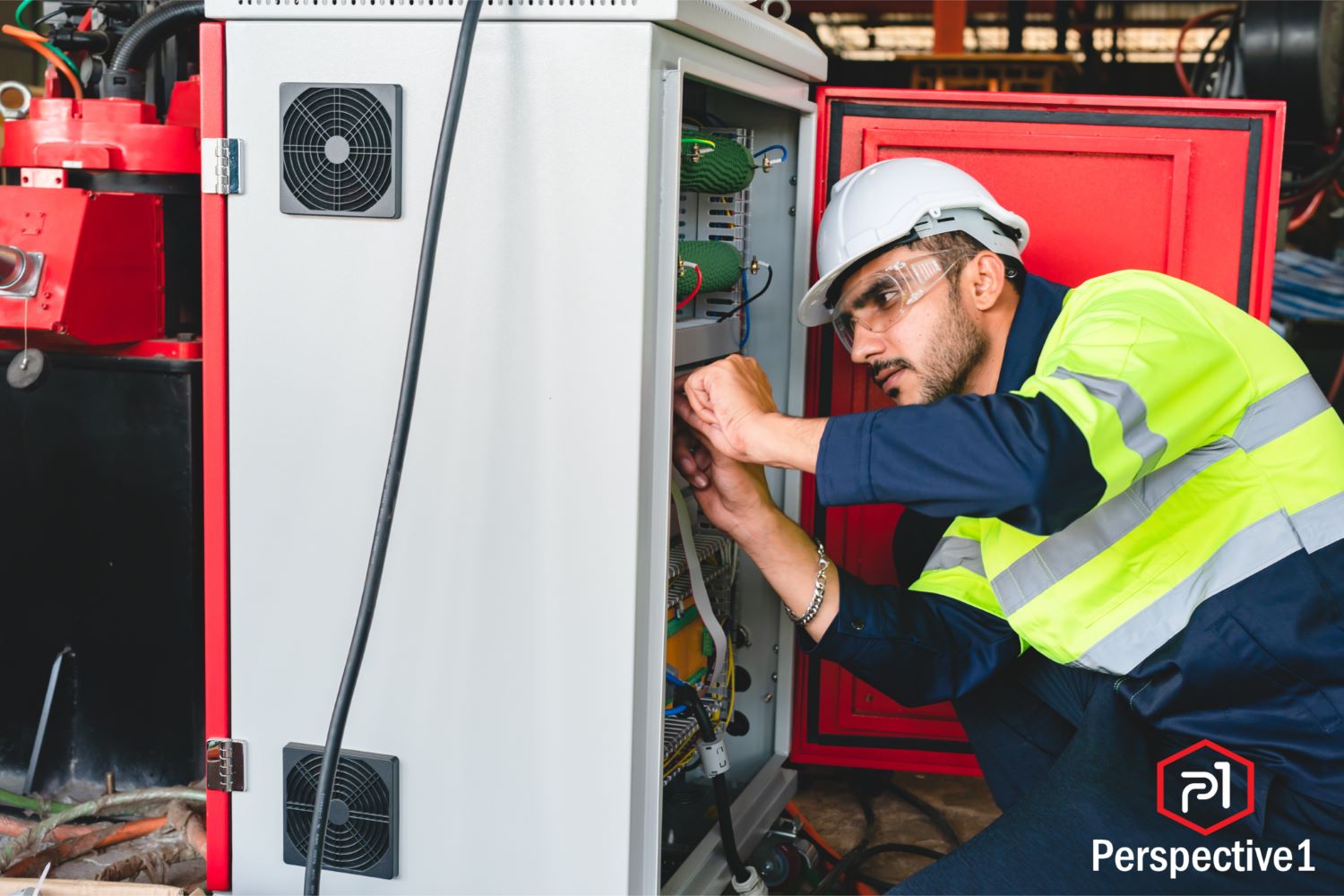In today’s competitive business environment, the importance of facility maintenance cannot be overstated. Whether you’re managing a commercial building, industrial plant, or residential complex, effective facility maintenance ensures the safety, efficiency, and longevity of your assets. Today, we will dive deep into the key aspects of facility maintenance, offering insights that will help you keep your property in top-notch condition.
What is Facility Maintenance?
Facility maintenance refers to the regular upkeep and repair of a building and its systems. This includes everything from HVAC systems, plumbing, electrical systems, and landscaping to cleaning, pest control, and security. The goal is to create a safe, comfortable, and efficient environment for occupants while prolonging the life of the building and its infrastructure.
Why Facility Maintenance is Crucial?
- Safety: Regular maintenance ensures that all building systems function properly, reducing the risk of accidents. For example, maintaining fire alarms, sprinklers, and emergency exits is essential for occupant safety in the event of an emergency.
- Cost Efficiency: Proactive maintenance can save significant costs in the long run. By addressing minor issues before they escalate into major problems, you can avoid expensive repairs or replacements.
- Energy Efficiency: Well-maintained systems run more efficiently, reducing energy consumption and lowering utility bills. For example, a regularly serviced HVAC system will operate more efficiently, ensuring that your building remains comfortable while minimizing energy waste.
- Compliance: Many industries are subject to strict regulations regarding facility maintenance. Regular maintenance ensures that your building complies with these regulations, avoiding potential fines and legal issues.
- Longevity of Assets: Routine maintenance extends the lifespan of your building’s systems and components, protecting your investment and delaying the need for costly replacements.
Key Components of Facility Maintenance

- Safety: Regular maintenance ensures that all building systems function properly, reducing the risk of accidents. For example, maintaining fire alarms, sprinklers, and emergency exits is essential for occupant safety in the event of an emergency.
- Cost Efficiency: Proactive maintenance can save significant costs in the long run. By addressing minor issues before they escalate into major problems, you can avoid expensive repairs or replacements.
- Energy Efficiency: Well-maintained systems run more efficiently, reducing energy consumption and lowering utility bills. For example, a regularly serviced HVAC system will operate more efficiently, ensuring that your building remains comfortable while minimizing energy waste.
- Compliance: Many industries are subject to strict regulations regarding facility maintenance. Regular maintenance ensures that your building complies with these regulations, avoiding potential fines and legal issues.
- Longevity of Assets: Routine maintenance extends the lifespan of your building’s systems and components, protecting your investment and delaying the need for costly replacements.
Best Practices for Effective Facility Maintenance

- Develop a Comprehensive Maintenance Plan: A well-structured plan should outline the maintenance tasks required, their frequency, and the responsible personnel. This ensures that all aspects of the facility are covered and that maintenance is carried out systematically.
- Use Technology to Your Advantage: Facility management software can streamline maintenance processes by scheduling tasks, tracking work orders, and providing real-time data on the condition of your equipment.
- Train Your Staff: Ensuring that your maintenance team is well-trained is crucial for the effective execution of your maintenance plan. Regular training updates should be conducted to keep them informed of the latest techniques and technologies.
- Prioritize Safety: Safety should always be the top priority in facility maintenance. Make sure that all maintenance activities comply with safety regulations and that all personnel are equipped with the necessary protective gear.
- Audit and Review: Regularly audit your maintenance processes to identify areas for improvement. This will help you refine your maintenance strategy over time, ensuring that it remains effective and efficient.
Facility maintenance is a critical aspect of property management that impacts everything from safety and compliance to cost efficiency and asset longevity. By implementing a robust maintenance strategy that includes preventive, predictive, and condition-based maintenance, you can ensure that your facility operates smoothly, remains safe, and provides a comfortable environment for its occupants.
Investing in facility maintenance not only protects your assets but also enhances the overall value of your business. By following the best practices outlined above, you can create a maintenance plan that meets your facility’s unique needs and ensures long-term success.
By understanding the importance of facility maintenance and applying these principles, you’ll not only maintain a safer and more efficient environment but also extend the lifespan of your assets, ultimately leading to cost savings and increased value over time.
If you are looking for a top-tier facility maintenance company to partner with for all your maintenance needs, contact us today!

